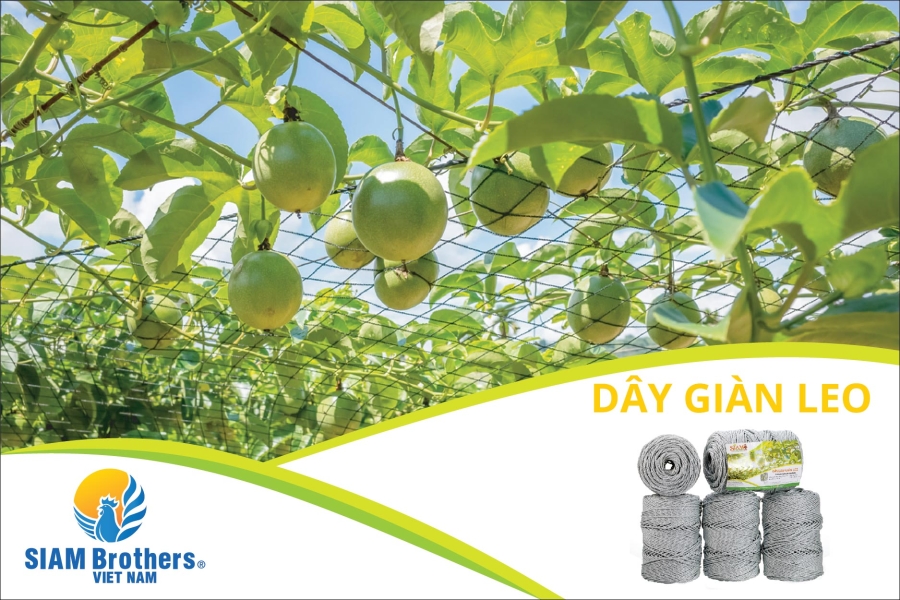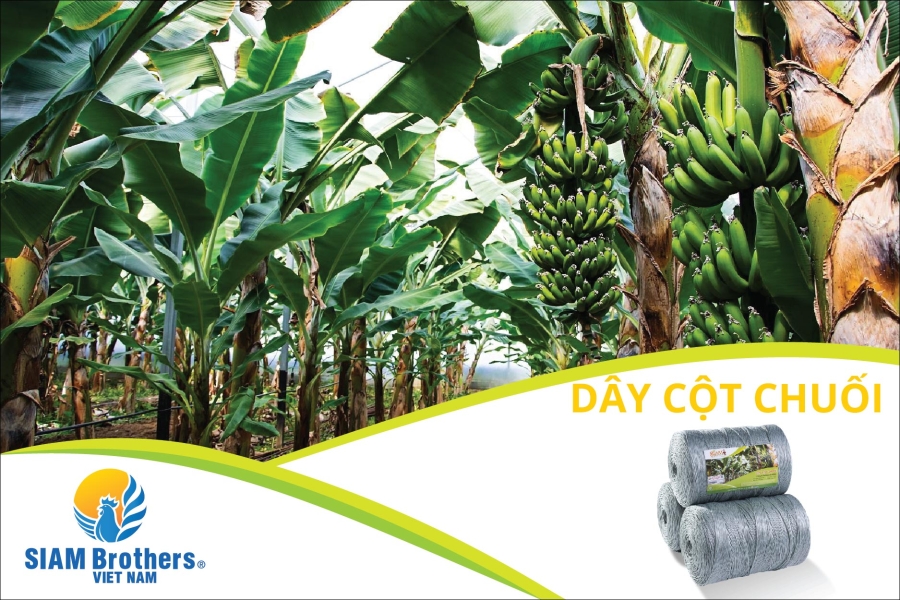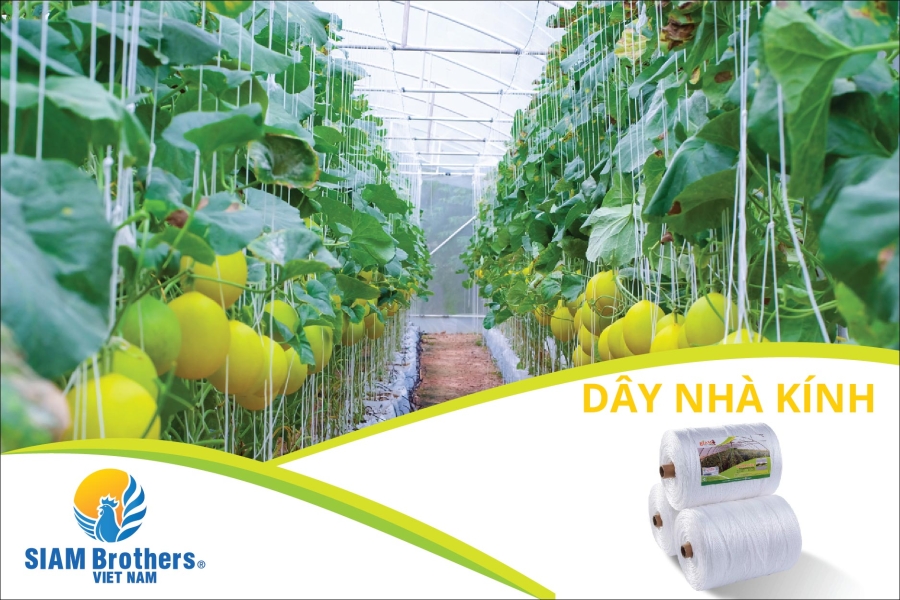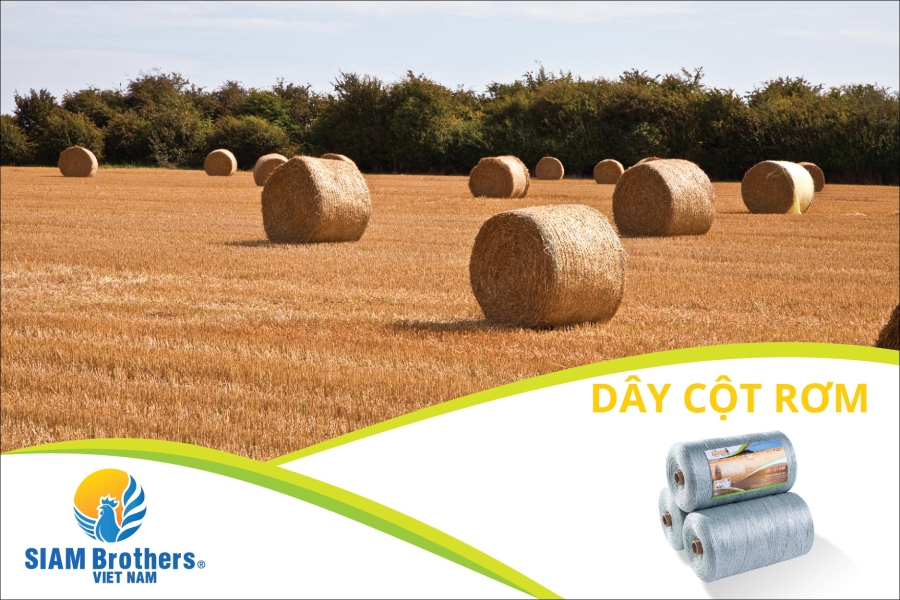Ropes are a product with a long history, supporting humans in many aspects of life. In the past, ropes were commonly used to make traps for hunting animals, shelter construction, and support daily activities. Today, as society continues to develop, ropes play an even more important role. They are widely used in marine fishing and exploitation, maritime transportation, construction, agriculture, and many other industries. Let’s explore “What is rope used for” in this article.
The history of rope stretches back to the very beginnings of civilization. Evidence suggests humans were twisting plant fibers into ropes as early as 30,000 years ago. These early ropes, likely made from grasses, reeds, and animal hide, were used for basic tasks like hunting, shelter construction, and carrying belongings.
As civilizations developed, so did rope-making techniques. Egyptians mastered the art of crafting ropes from papyrus reeds, while the Chinese used hemp and silk. These advancements opened doors to more complex applications. Ropes became vital for building ships, rigging sails, and creating fishing nets. The ingenuity of rope-making even extended to warfare, with ropes used for siege engines, catapults, and suspension bridges for conquering armies.

Fishery
Marine Activities

From ancient times to the present day, the construction industry has extensively utilized ropes in various tasks, from the construction of the Egyptian pyramids, where ropes were used to pull each stone block, to modern-day skyscrapers. Ropes are primarily used in construction to transport building materials, often in conjunction with pulley systems to create a simple mechanical advantage. Additionally, ropes can serve as safety lines to protect workers during construction. The characteristics of ropes in the construction industry include robustness, coarseness, and high rigidity. Moreover, ropes in construction are often accompanied by pulleys or hanging hooks, requiring the ropes to have good friction resistance, limiting the likelihood of fraying, wear, and snagging. It is essential to regularly inspect the safety of ropes when used in construction to ensure the safety of workers.
The application of ropes as trellises for various climbing plants
Ropes are a useful tool for creating trellises for various climbing plants in agriculture, such as tomatoes, Dutch beans, Cô Ve beans, cucumbers, passion fruits, and winter melons. Begin by constructing a sturdy frame for the trellis using materials such as wood or iron. Subsequently, use specialized agricultural ropes to tie onto the frame, forming a network that allows the climbing plants to grow on it. The characteristic of these trellising ropes is that they have to be thin yet robust, with a high tensile strength to withstand the weight of certain types of climbing plants with larger fruits, such as melons, winter melons, and bottle gourds.
Farmers in need of trellising ropes for various climbing plants can contact Siam Brothers Vietnam directly for advice on choosing a suitable type that aligns with their cultivation needs while being cost-effective. Alternatively, they can visit "AGRICULTURAL ROPE" to explore the product range.

The application of ropes as support poles to prevent the falling of crops such as durian, rubber, banana, orange, lychee, and grapefruit...
Vietnam, with its tropical monsoon climate, is suitable for cultivating various fruit-bearing crops such as durian, bananas, oranges, lychees, and jackfruits. Additionally, the country frequently faces significant agricultural losses due to annual natural disasters, adversely affecting farming activities. The use of ropes as support poles to prevent toppling helps protect the yields of farmers from the adverse effects of harsh weather conditions. Starting by using specialized ropes for securing plants against falling, you can refer to the products here. Subsequently, tie the rope directly to the plant stem, then pull it taut and securely fasten it to the ground using a stake. Ensure that the other end of the rope is tied to the stake. Farmers may reinforce the setup in different ways to ensure that the rope is taut and securely holds the plant upright, preventing it from falling during strong winds, heavy rains, or flooding.

The application of ropes as a greenhouse system
The greenhouse farming system is no longer unfamiliar in Vietnam. The country has been widely adopting greenhouse agriculture due to the numerous significant benefits this cultivation model offers. When using ropes as part of the greenhouse system, it is crucial to ensure a reasonable setup, providing sturdy support for optimal plant growth while maintaining cost-effectiveness. The considerations for cultivating a greenhouse agricultural model using ropes are similar to those for using ropes as trellises for climbing plants. Ropes utilized in greenhouse systems can serve as trellises for certain climbing plants, be used in hydroponic or aquaponic systems, reinforce the mesh structure of the greenhouse, and more. You can explore greenhouse rope products or other agricultural rope products at "AGRICULTURAL ROPE".

The application of ropes as straw or hay baling twine
Vietnam is a country with a significant water rice agriculture sector, resulting in large amounts of straw being left in the fields after each rice harvest. Previously, in many regions, farmers used to discard straw, but nowadays, straw has gained considerable value through applications such as mushroom cultivation and livestock feed for animals like buffaloes, cows, horses, goats, etc. Additionally, straw is utilized in composting to produce fertilizer. Consequently, straw has become more valuable, and farmers now pay more attention to harvesting straw after the rice harvest. Ropes are employed as straw baling twine and straw support poles. Starting with the use of straw harvesting machines, these machines bundle straw into large rolls. Subsequently, ropes are tightly tied around these rolls to facilitate easy transportation. The characteristics of ropes used as straw baling twine include small, durable fibers – avoiding the use of elastic fibers, high tensile strength, compact rolls, and easy installation on straw baling machines. Farmers interested in exploring rope products for straw baling twine can refer to "AGRICULTURAL ROPE".

The application of ropes as others application
Furthermore, ropes have various other applications in agricultural cultivation, such as reinforcing livestock pens, tying fences, securing irrigation systems, and hanging poultry feeders. Depending on specific usage needs, ropes can have different applications in agricultural practices. It is essential to ensure proper and appropriate use to achieve the highest work efficiency.
Safety
Many industries require labor protection, and ropes are essential equipment. As mentioned in sections 3 and 4 of this article, ropes can be used as safety lines for workers in construction as well as geological exploration. Beyond these two fields, many other areas also utilize ropes as safety lines, such as rock climbing, window cleaning services for high-rise buildings, etc. The use of safety ropes (also known as safety lines) is mainly combined with hooks, locks onto the user's safety gear.
Multi-purpose

Rope's future is as intertwined with human progress as its past. As technology advances, so too does the world of rope. New materials like synthetic fibers are constantly being developed, offering increased strength, durability, and resistance to elements. These advancements are crucial for applications like deep-sea exploration and high-rise construction, where safety and reliability are paramount.
If you are looking for a manufacturer of rope, Siam Brothers Vietnam is the leading rope manufacturer in Vietnam established on 18/07/1995 with 100% capital investment from Thai Land. Our main products are pp (polypropylene) rope, pe (polyethylene) rope, pet (polyester) rope, hay baler twine, and pp/pe yarn…with a wide range of applications including fishing, maritime transportation, industrial, agricultural, decoration…With 60 years of experience in manufacturing and trading as a rope supplier, the quality of Siam Brothers Vietnam products has been strongly trusted by the domestic and international markets for many years (for detail, read this post "Siam Brothers Vietnam - The top choice for international partners looking for imported rope"). Contact us: